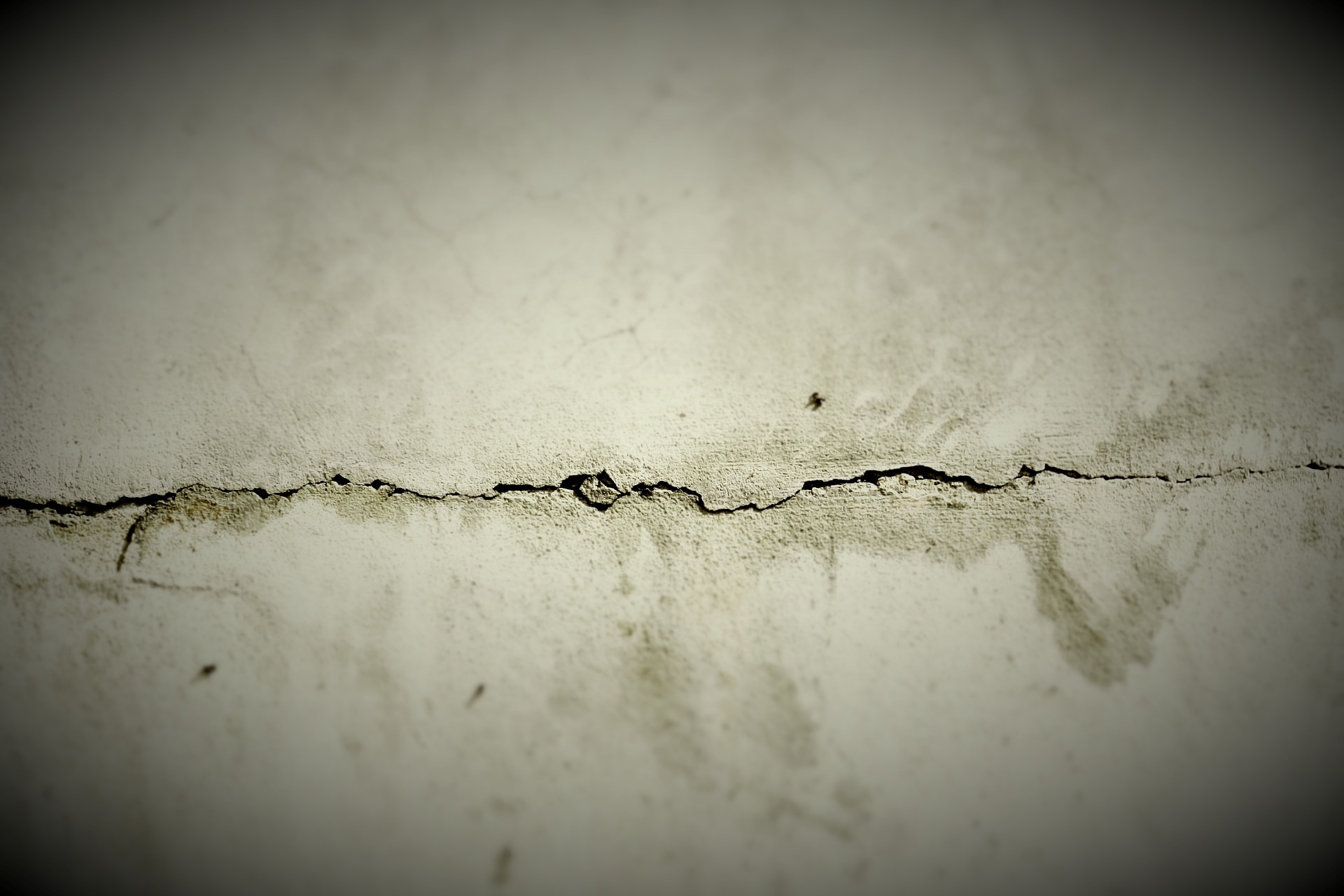Garage Floor Coatings: A Comprehensive Guide to Durable and Attractive Surfaces
Garage floors endure a lot of wear and tear, from heavy vehicle traffic to chemical spills and constant foot traffic. This is where garage floor coatings come in, offering a protective layer that not only enhances the durability of your garage floor but also improves its appearance. Let's dive into the world of garage floor coatings and explore the options available to homeowners looking to upgrade their garage spaces.

Why should you consider a garage floor coating?
Investing in a garage floor coating offers numerous advantages. First and foremost, it protects your concrete floor from stains, chemicals, and abrasions, extending its lifespan significantly. Coatings also make cleaning and maintenance easier, as spills can be wiped up without soaking into the porous concrete. Additionally, these coatings can dramatically improve the appearance of your garage, transforming a dull, gray surface into a glossy, professional-looking floor that enhances the overall value of your property.
What are the differences between epoxy and polyaspartic coatings?
Epoxy and polyaspartic coatings are the two primary options for garage floors, each with its own set of pros and cons. Epoxy coatings have been the traditional choice for many years, known for their durability and cost-effectiveness. They offer excellent adhesion to concrete and resistance to chemicals and abrasions. However, epoxy coatings typically require longer curing times and can be sensitive to temperature and humidity during application.
Polyaspartic coatings, on the other hand, are a more recent innovation in floor coating technology. They offer rapid curing times, allowing for faster project completion and quicker return to use. Polyaspartic coatings also provide superior UV resistance, which means they won’t yellow over time like some epoxy coatings. While generally more expensive than epoxy, polyaspartic coatings offer enhanced durability and flexibility, making them an excellent choice for garage floors subject to extreme conditions.
How is a garage floor coating applied?
The application process for garage floor coatings involves several critical steps to ensure a long-lasting and attractive finish. First, the concrete surface must be thoroughly cleaned and prepared. This often includes grinding or shot blasting to create a porous surface that will allow the coating to adhere properly. Any cracks or imperfections in the concrete are repaired at this stage.
Next, a primer coat is applied to improve adhesion and seal the concrete. Once the primer has dried, the main coating is applied, often in multiple layers to achieve the desired thickness and durability. For epoxy coatings, this process can take several days due to longer curing times between coats. Polyaspartic coatings, with their faster curing times, can often be completed in a single day.
Finally, a topcoat is applied to provide additional protection and the desired finish, whether glossy or matte. Some homeowners choose to add decorative flakes or non-slip additives during this stage for enhanced aesthetics or safety.
What are the costs associated with garage floor coatings?
The cost of garage floor coatings can vary widely depending on factors such as the type of coating, the size of the garage, and the condition of the existing concrete. Here’s a general overview of pricing for different coating options:
| Coating Type | Average Cost (per sq. ft.) | Typical Total Cost (2-car garage) |
|---|---|---|
| Epoxy | $3 - $7 | $1,500 - $3,500 |
| Polyaspartic | $5 - $10 | $2,500 - $5,000 |
| DIY Kits | $0.50 - $2 | $250 - $1,000 |
Prices, rates, or cost estimates mentioned in this article are based on the latest available information but may change over time. Independent research is advised before making financial decisions.
It’s important to note that while DIY kits are available and can be more budget-friendly, professional installation often yields better results and longer-lasting protection. The higher cost of professional installation includes proper surface preparation, high-quality materials, and expert application techniques.
How do you maintain a coated garage floor?
Maintaining a coated garage floor is relatively simple compared to bare concrete. Regular sweeping and occasional mopping with a mild detergent are usually sufficient to keep the floor looking great. Avoid using harsh chemicals or abrasive cleaning tools that could damage the coating. For oil or chemical spills, clean them up promptly to prevent staining or degradation of the coating.
Periodically inspect the floor for any signs of wear or damage, particularly in high-traffic areas or where heavy objects are frequently placed. Small chips or scratches can often be repaired with touch-up kits provided by the coating manufacturer. With proper care, a garage floor coating can last many years before needing to be reapplied or refreshed.
In conclusion, garage floor coatings offer a durable, attractive, and low-maintenance solution for homeowners looking to upgrade their garage spaces. Whether you choose epoxy or polyaspartic coatings, the investment can significantly improve the functionality and appearance of your garage while protecting your concrete floor for years to come. By understanding the options available and the application process, you can make an informed decision that best suits your needs and budget.






